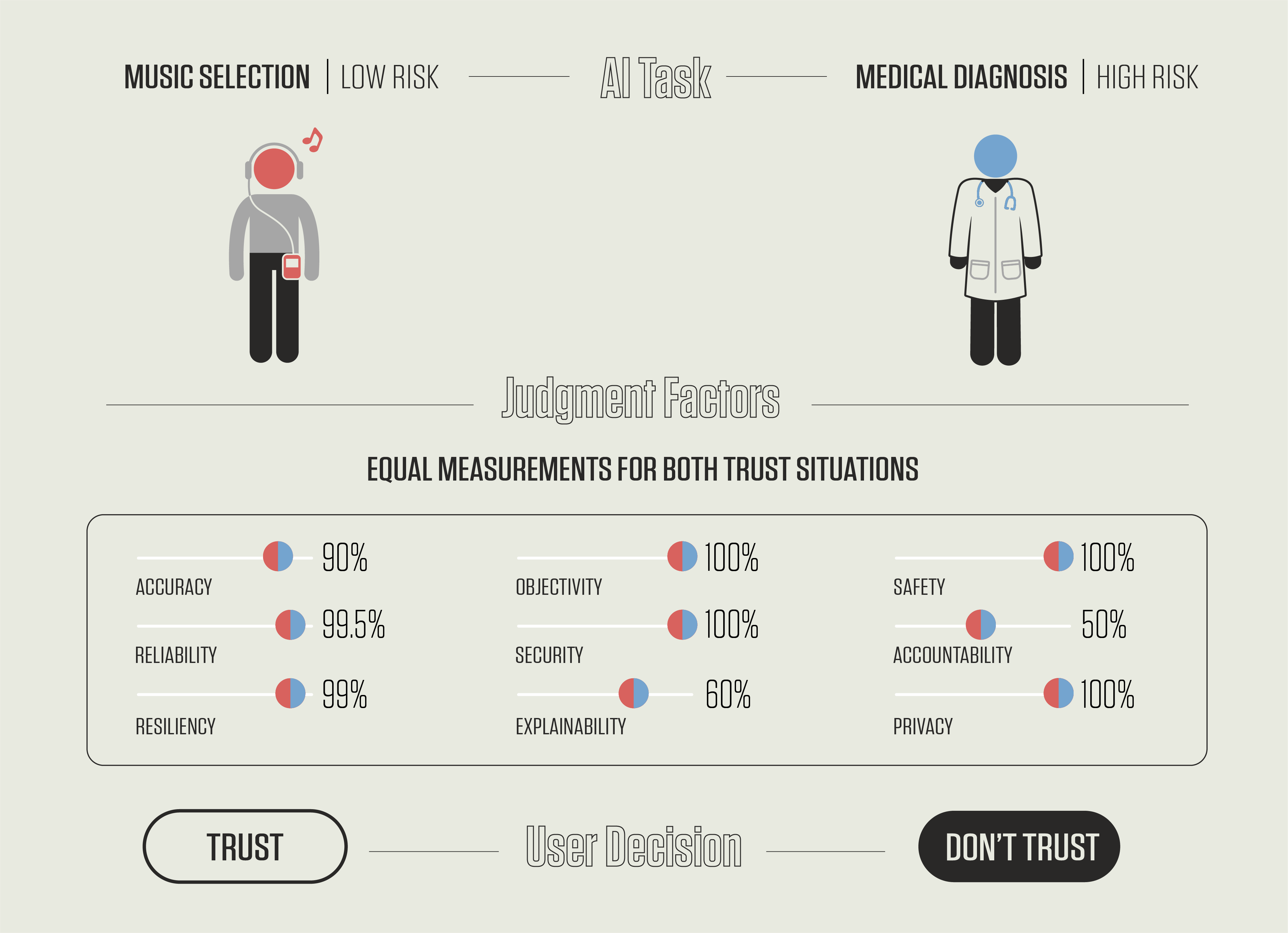
National Institute of Standards and Technology (NIST): ” Every time you speak to a virtual assistant on your smartphone, you are talking to an artificial intelligence — an AI that can, for example, learn your taste in music and make song recommendations that improve based on your interactions. However, AI also assists us with more risk-fraught activities, such as helping doctors diagnose cancer. These are two very different scenarios, but the same issue permeates both: How do we humans decide whether or not to trust a machine’s recommendations?
This is the question that a new draft publication from the National Institute of Standards and Technology (NIST) poses, with the goal of stimulating a discussion about how humans trust AI systems. The document, Artificial Intelligence and User Trust (NISTIR 8332), is open for public comment until July 30, 2021.
The report contributes to the broader NIST effort to help advance trustworthy AI systems. The focus of this latest publication is to understand how humans experience trust as they use or are affected by AI systems….(More)”.